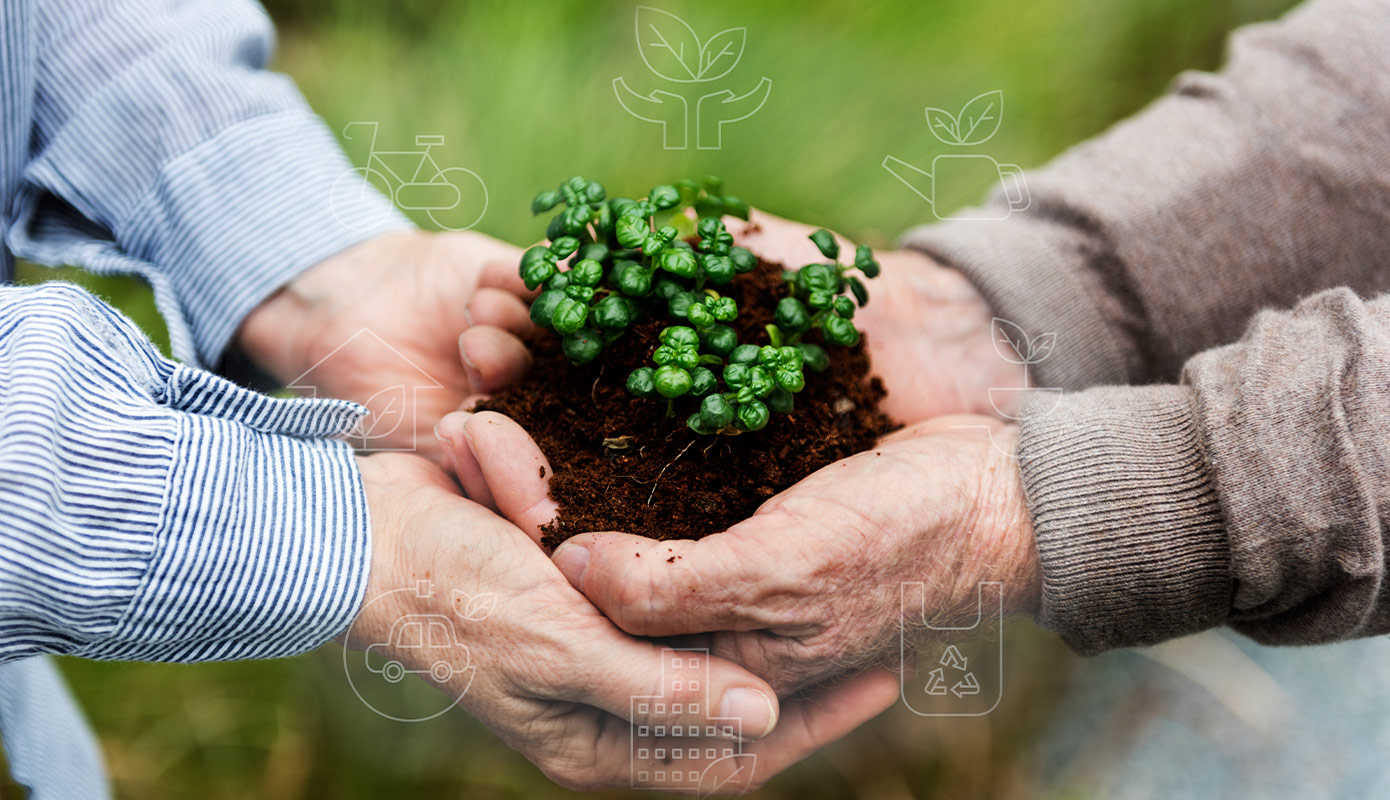Over the centuries, as farmers have adopted more technology in their pursuit of greater yields, the belief that ‘bigger is better’ has come to dominate farming, rendering small-scale operations impractical. But advances in robotics and sensing technologies are threatening to disrupt today’s agribusiness model. “There is the potential for intelligent robots to change the economic model of farming so that it becomes feasible to be a small producer again,” says robotics engineer George Kantor at Carnegie Mellon University in Pittsburgh, Pennsylvania.
Twenty-first century robotics and sensing technologies have the potential to solve problems as old as farming itself. “I believe, by moving to a robotic agricultural system, we can make crop production significantly more efficient and more sustainable,” says Simon Blackmore, an engineer at Harper Adams University in Newport, UK.
Although some of these technologies are already available, most are at the research stage in labs and spin-off companies. “Big-machinery manufacturers are not putting their money into manufacturing agricultural robots because it goes against their current business models,” says Blackmore. Researchers such as Blackmore and Kantor are part of a growing body of scientists with plans to revolutionize agricultural practice. If they succeed, they’ll change how we produce food forever. “We can use technology to double food production,” says Richard Green, agricultural engineer at Harper Adams.



